The Standard Model of fundamental particles and interactions. Matter particles. All matter around us is made of elementary particles, the building blocks of matter. These particles occur in two basic types called quarks and leptons. Each group consists of six particles, which are related in pairs, or “generations”. The lightest and most stable particles make up the first generation, whereas the heavier and less stable particles belong to the second and third generations. All stable matter in the universe is made from particles that belong to the first generation; any heavier particles quickly decay to the next most stable level. The six quarks are paired in the three generations – the “up quark” and the “down quark” form the first generation, followed by the “charm quark” and “strange quark”, then the “top quark” and “bottom (or beauty) quark”. Quarks also come in three different “colours” and only mix in such ways as to form colourless objects. The six leptons are similarly arranged in three generations – the “electron” and the “electron neutrino”, the “muon” and the “muon neutrino”, and the “tau” and the “tau neutrino”. The electron, the muon and the tau all have an electric charge and a sizeable mass, whereas the neutrinos are electrically neutral and have very little mass.
E=mc² New York Physics Tutor: 718-223-0228: Educational Poster: The Standard Model of Fundamen...: The Standard Model of fundamental particles and interactions. Matter particles. All matter around us is made of elementary particles, the bu...







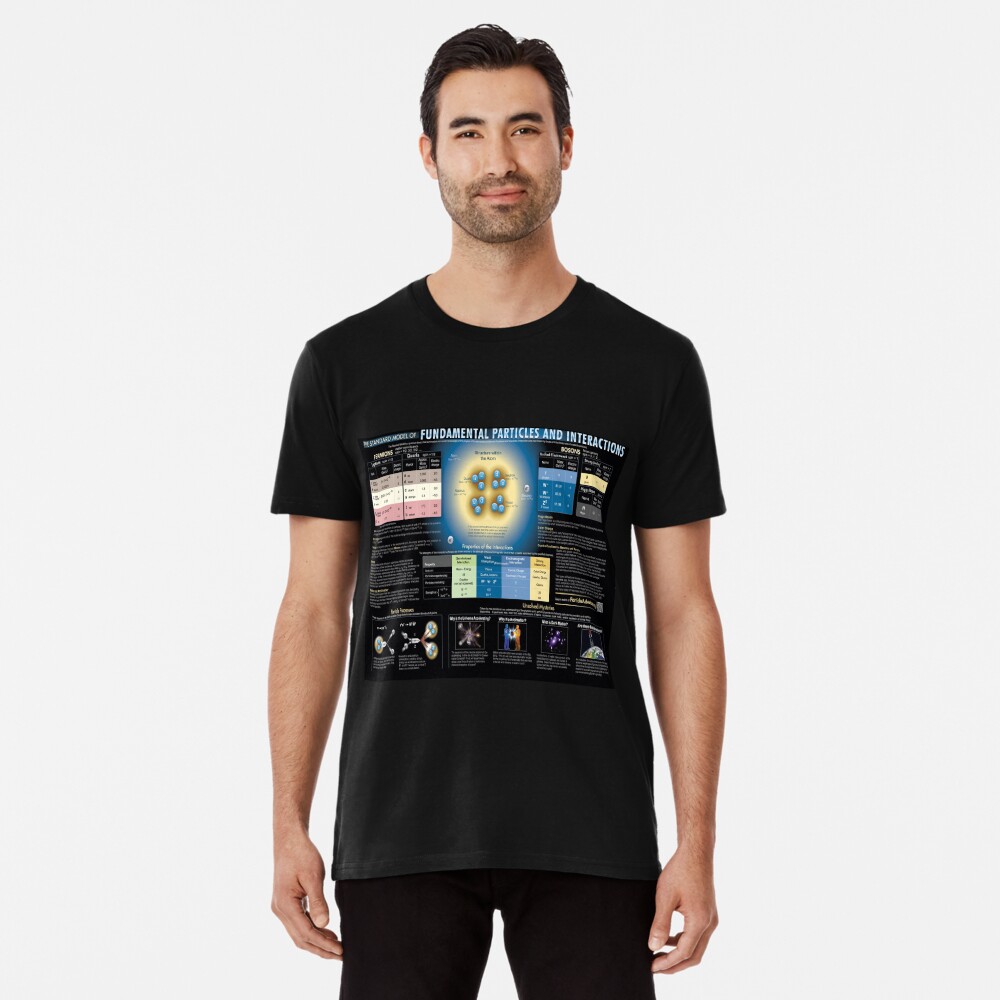
















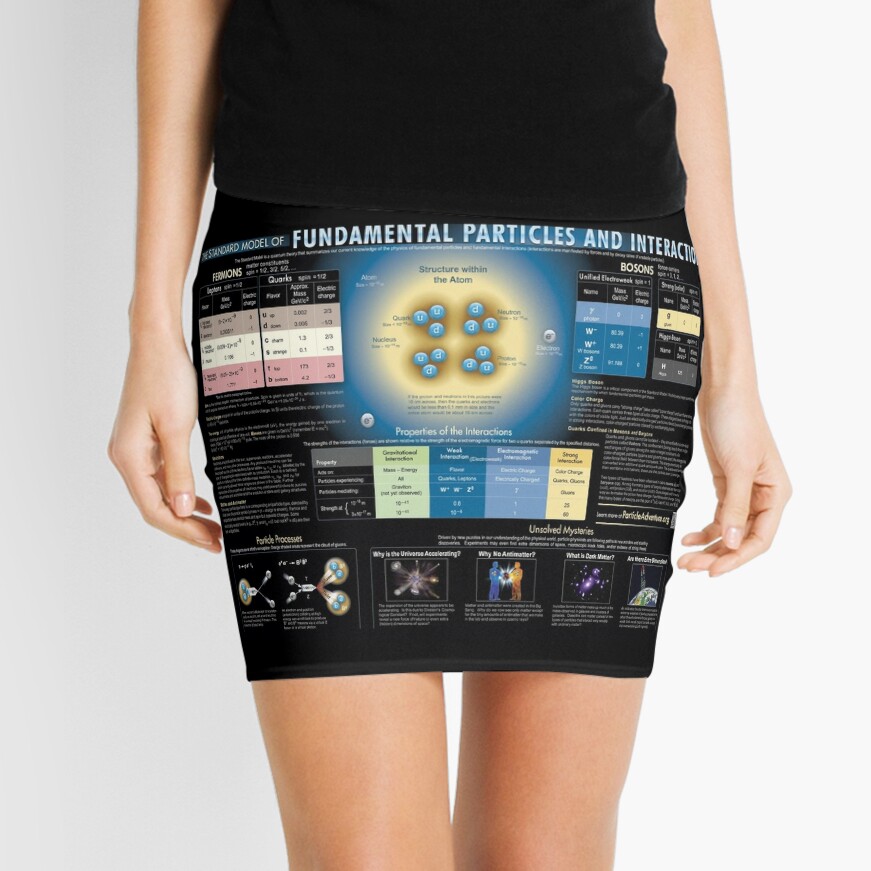


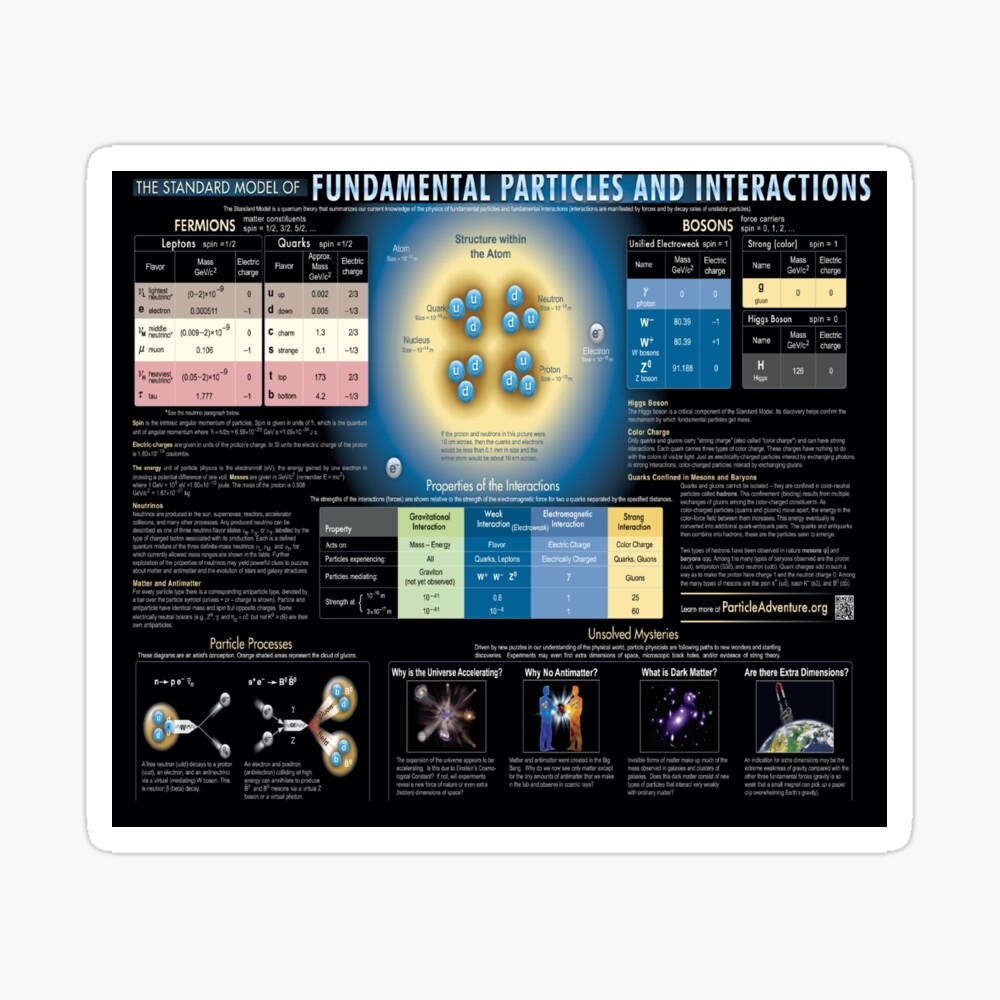
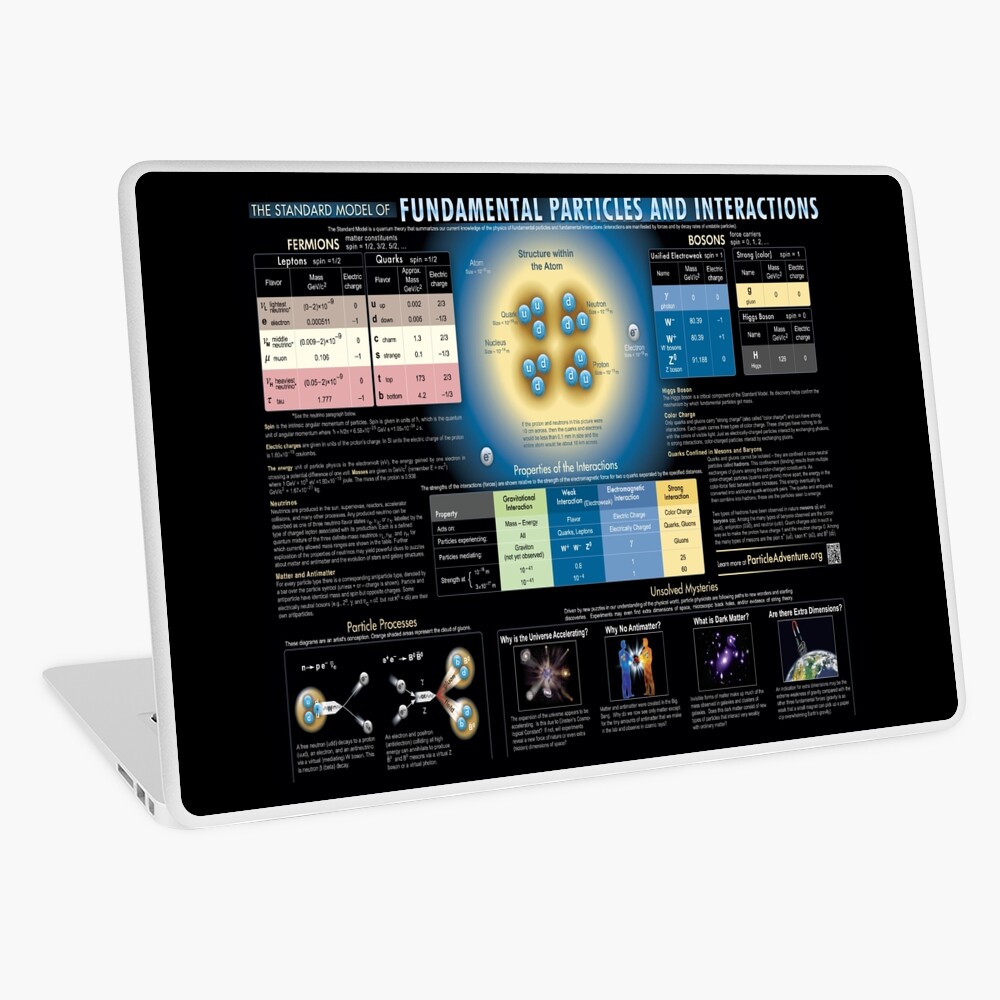
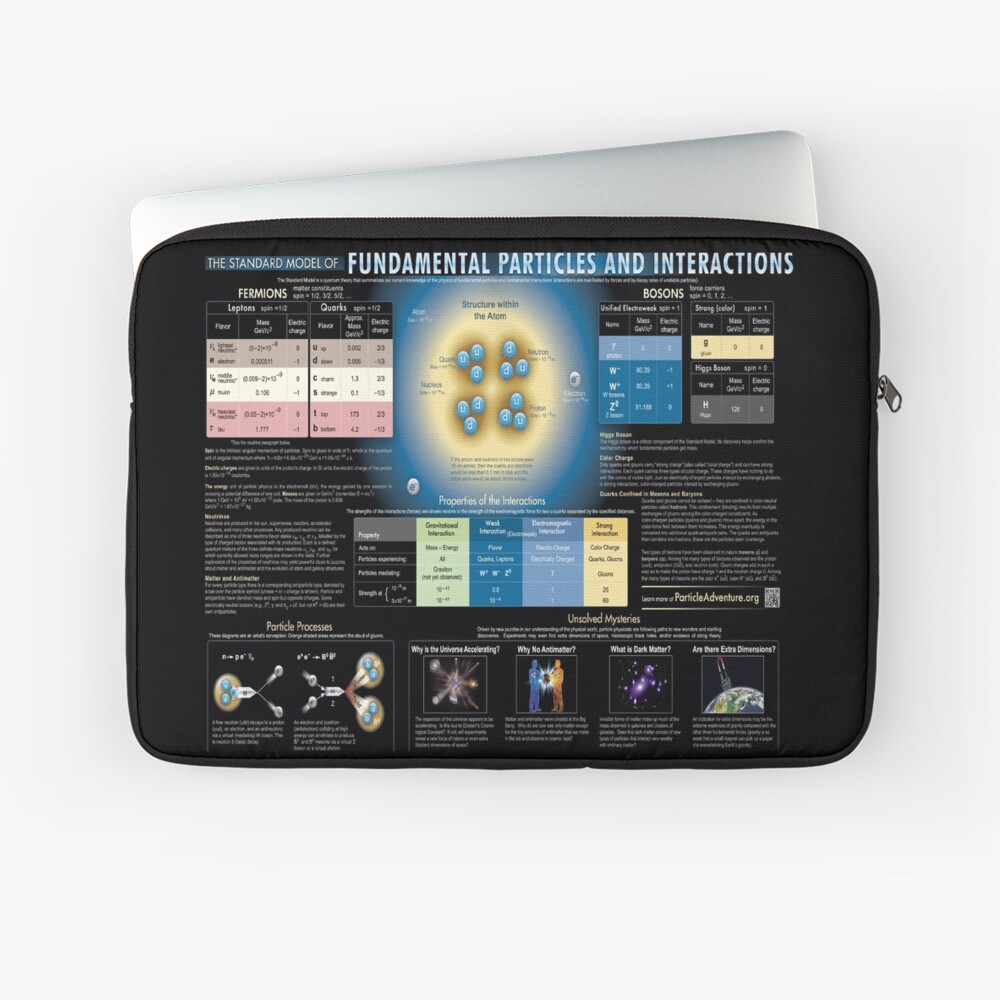
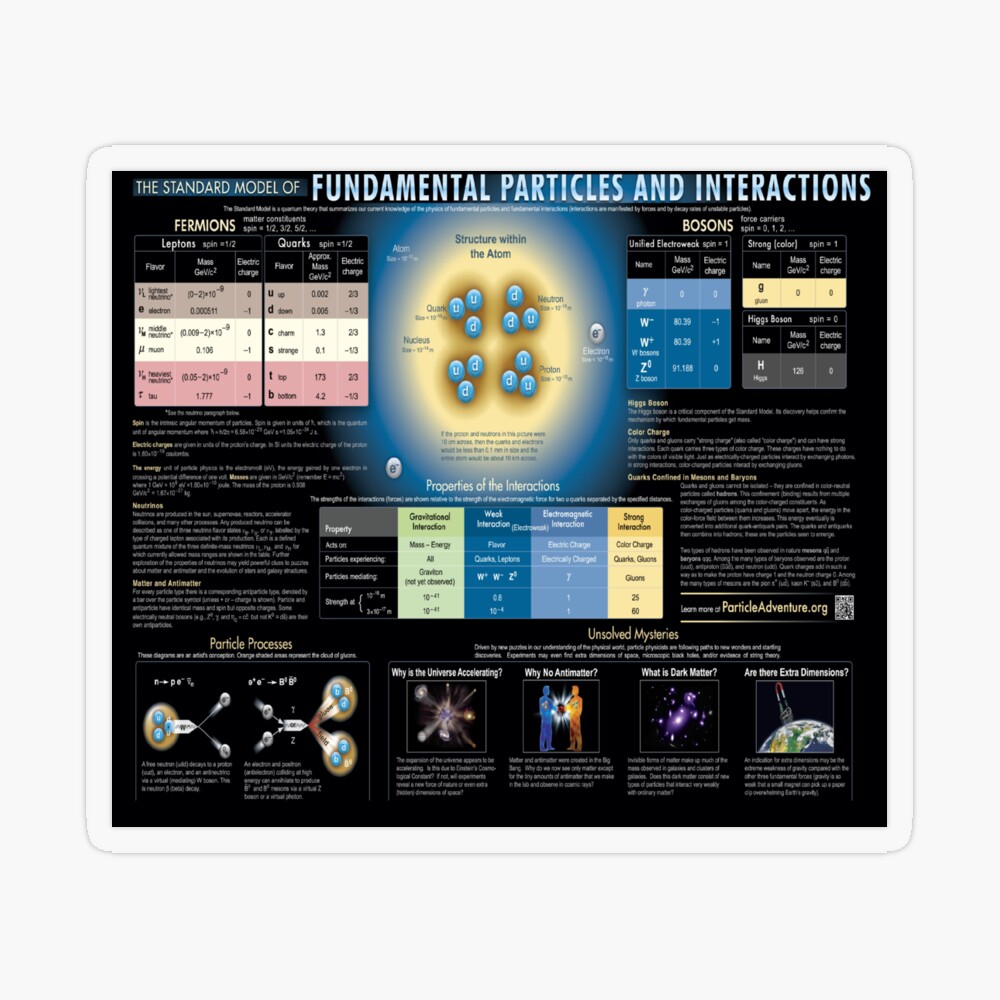

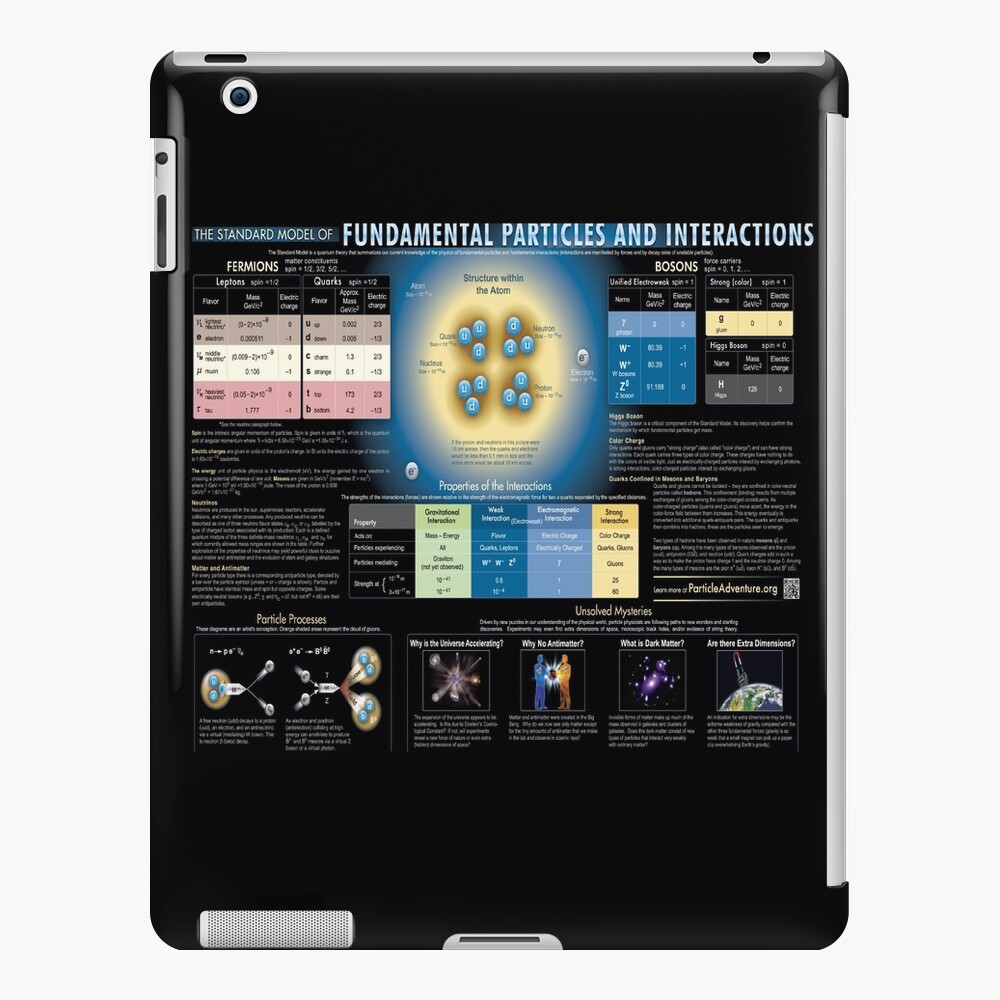
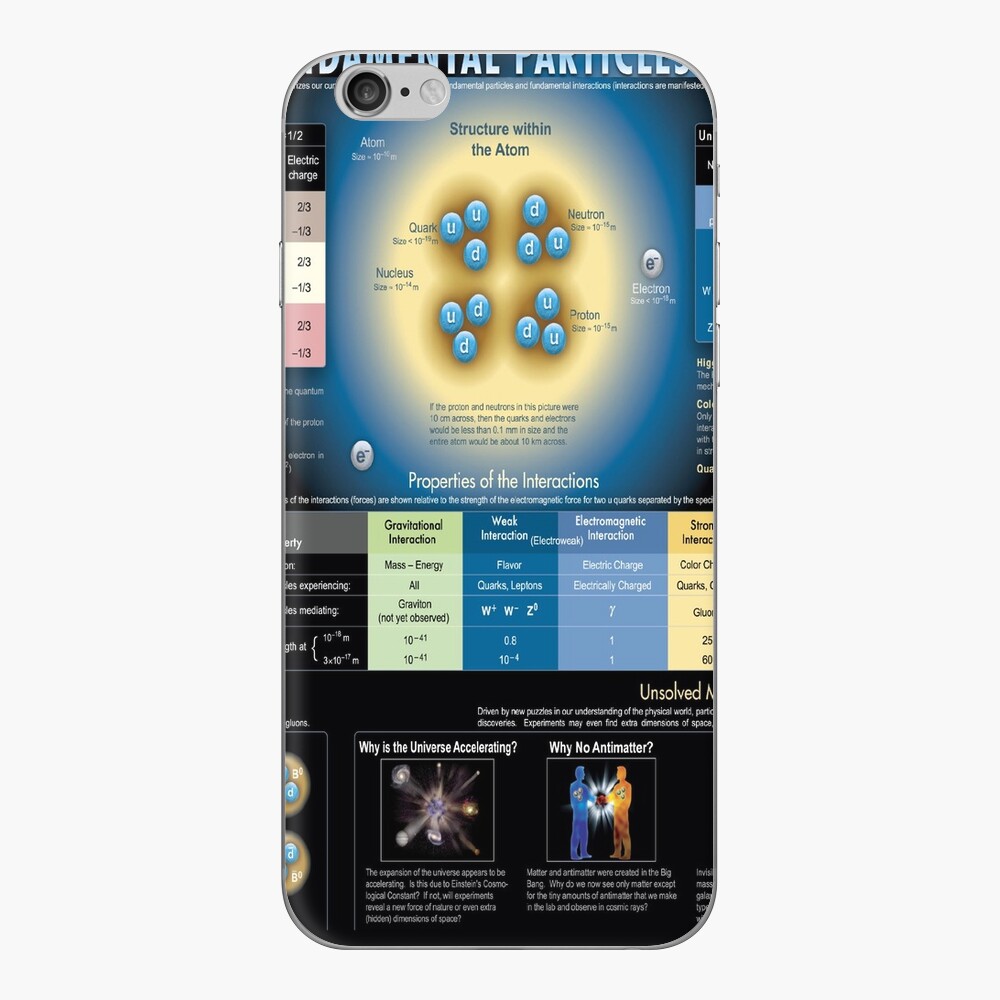


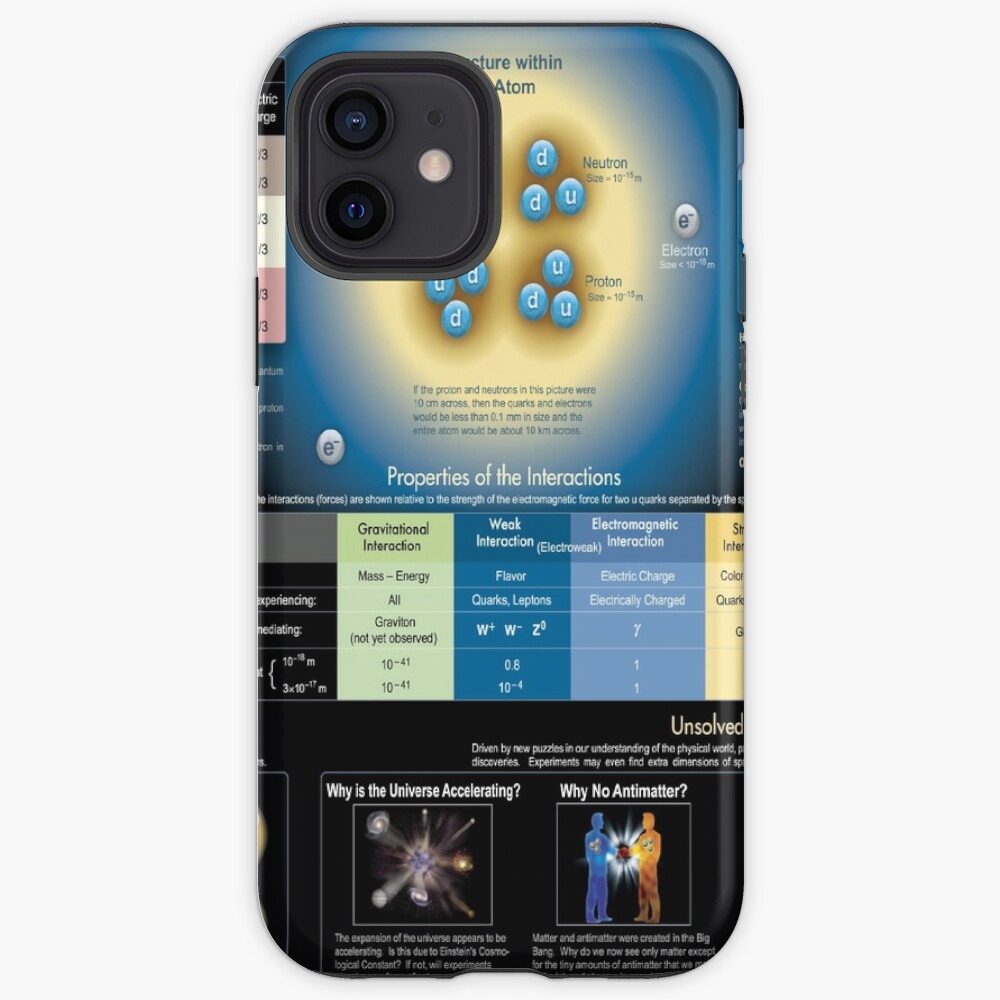
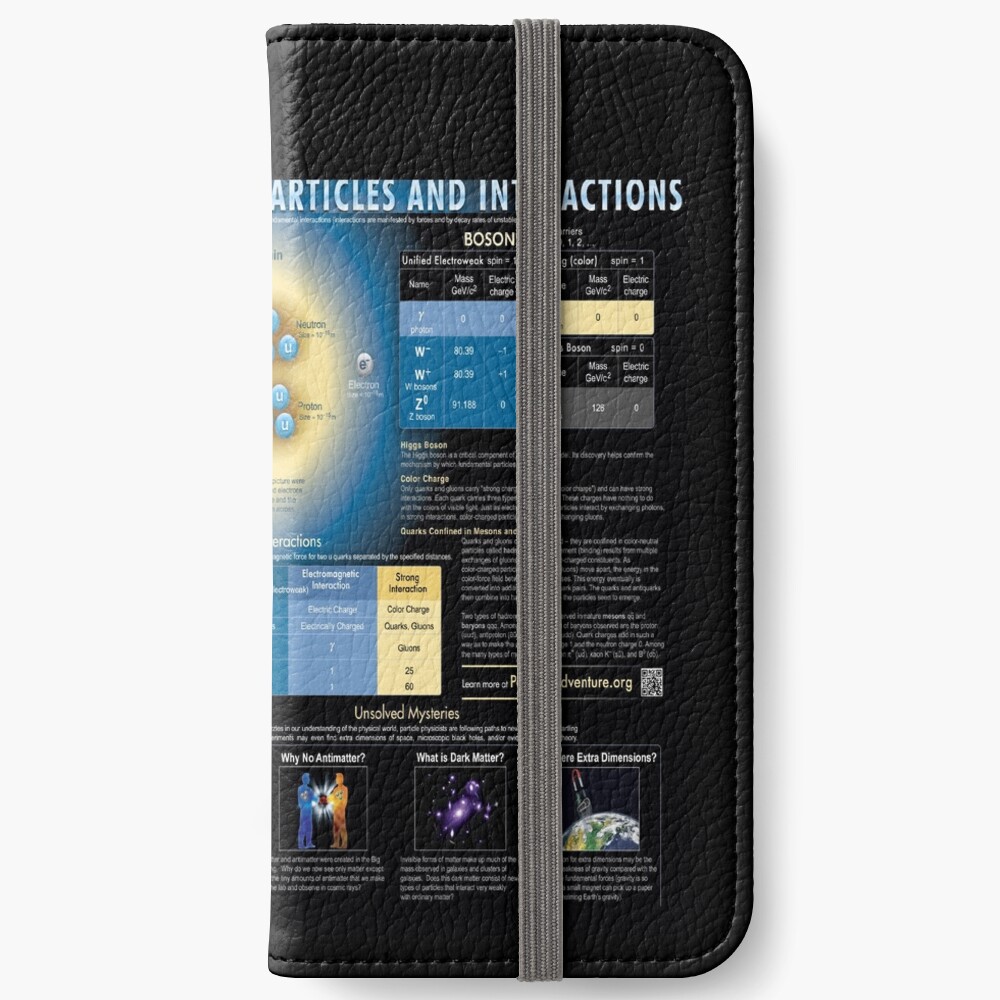
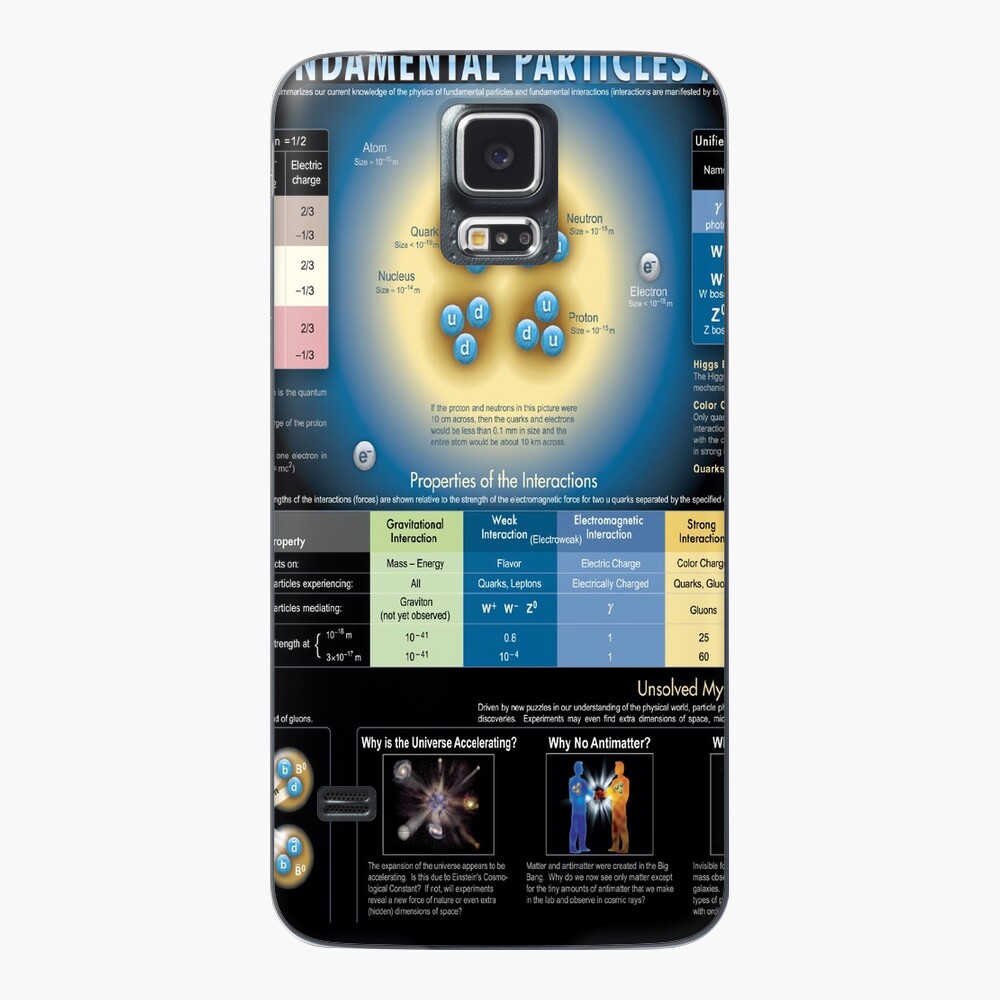


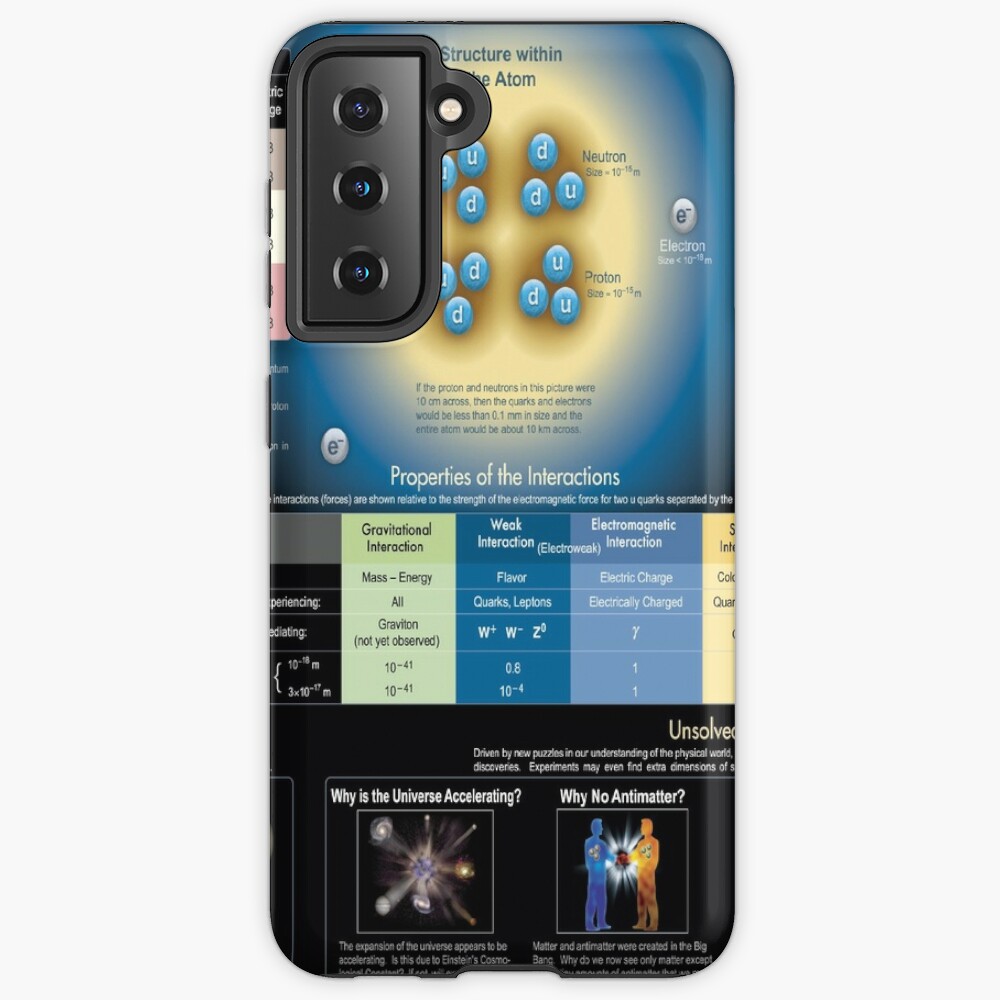

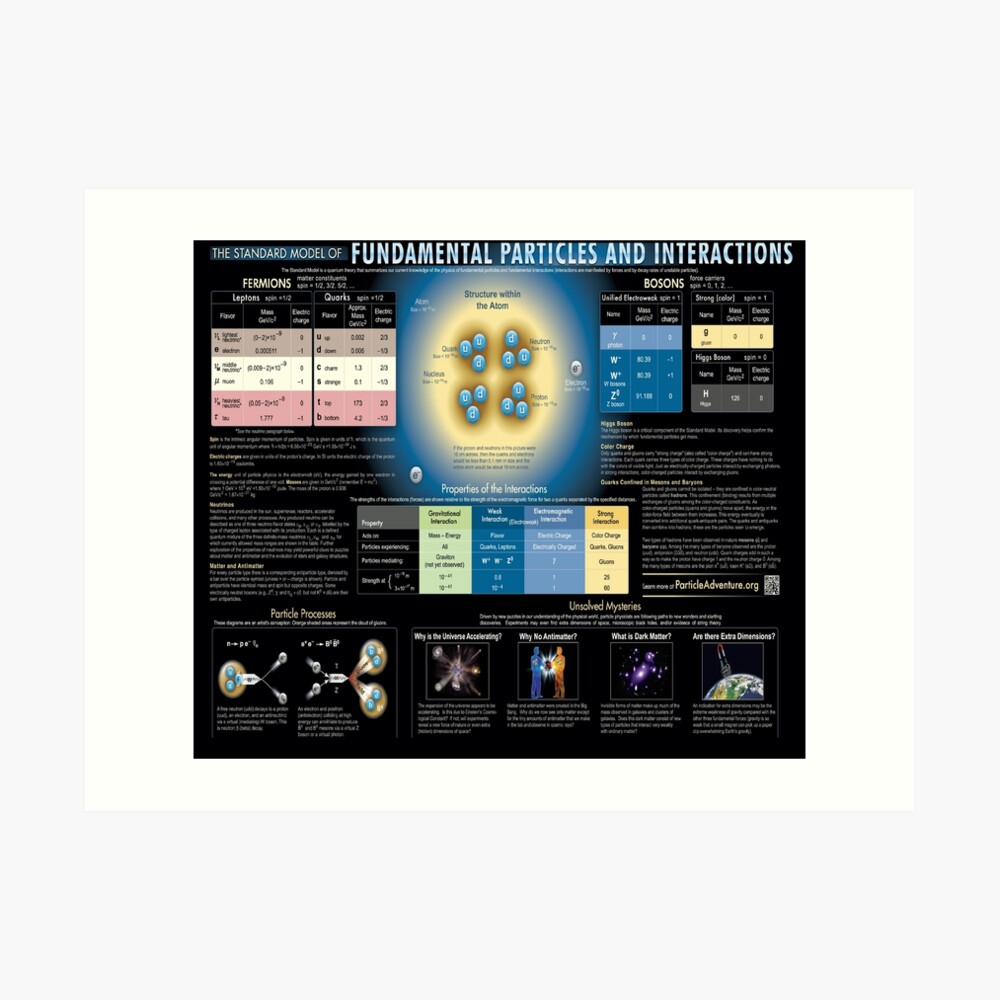
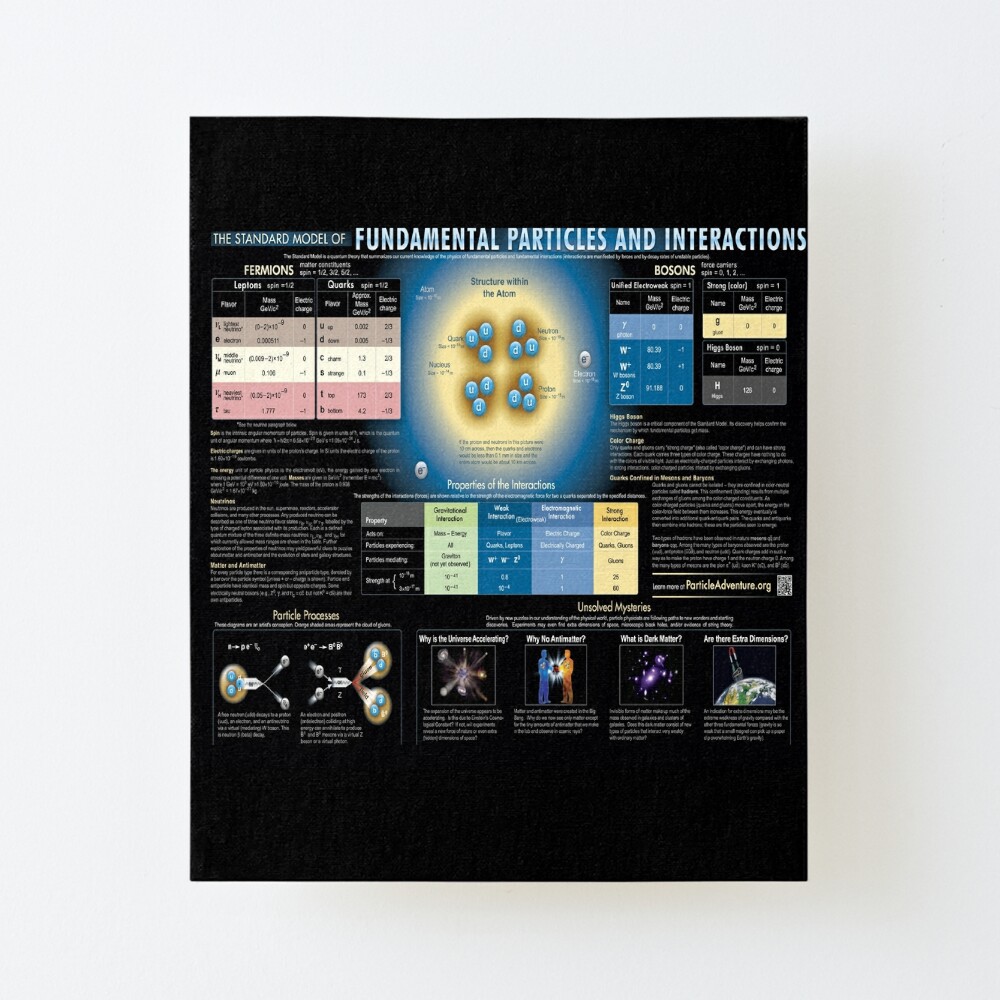
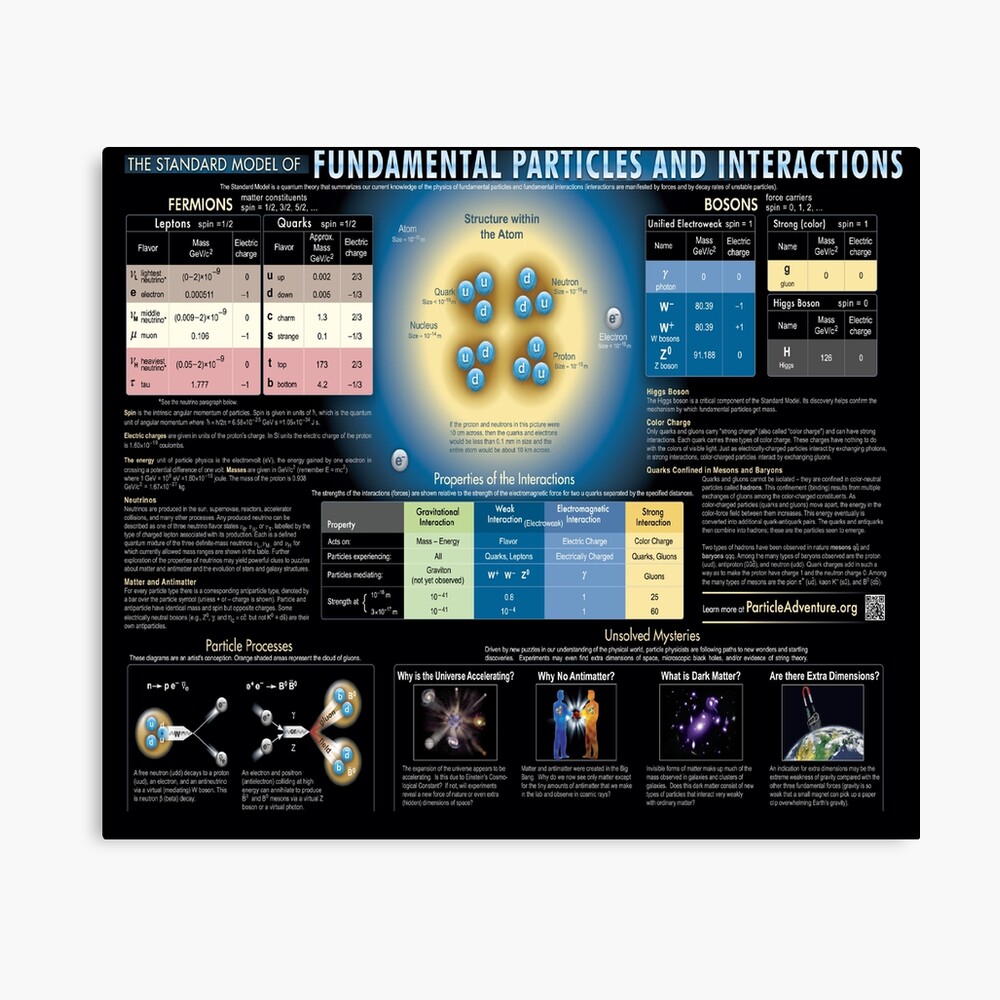
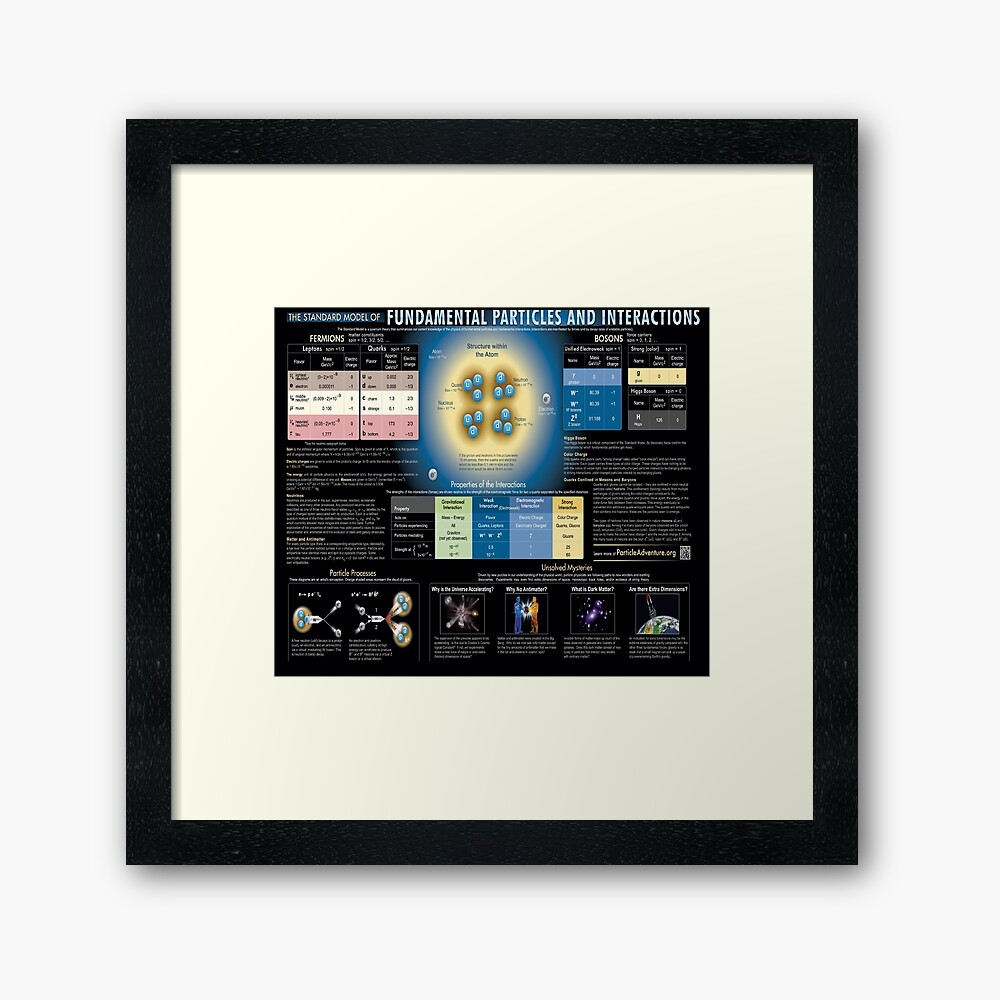
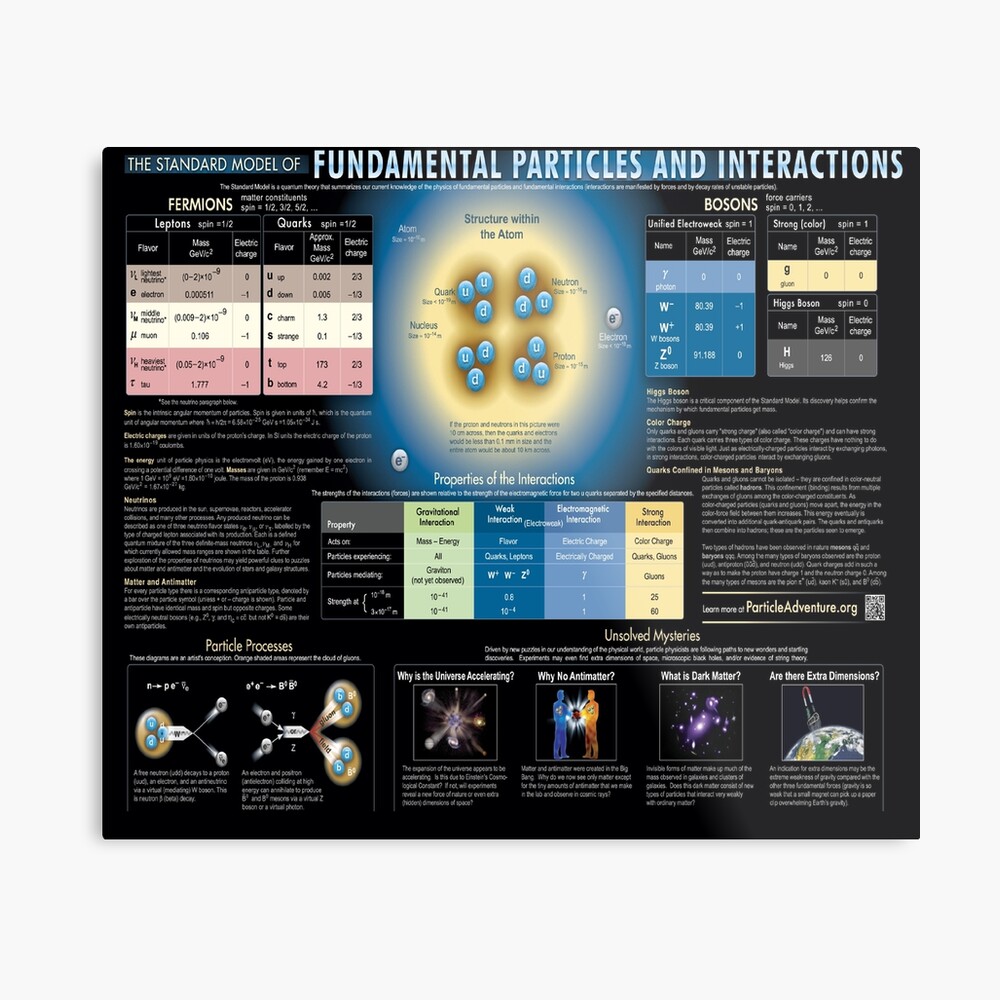


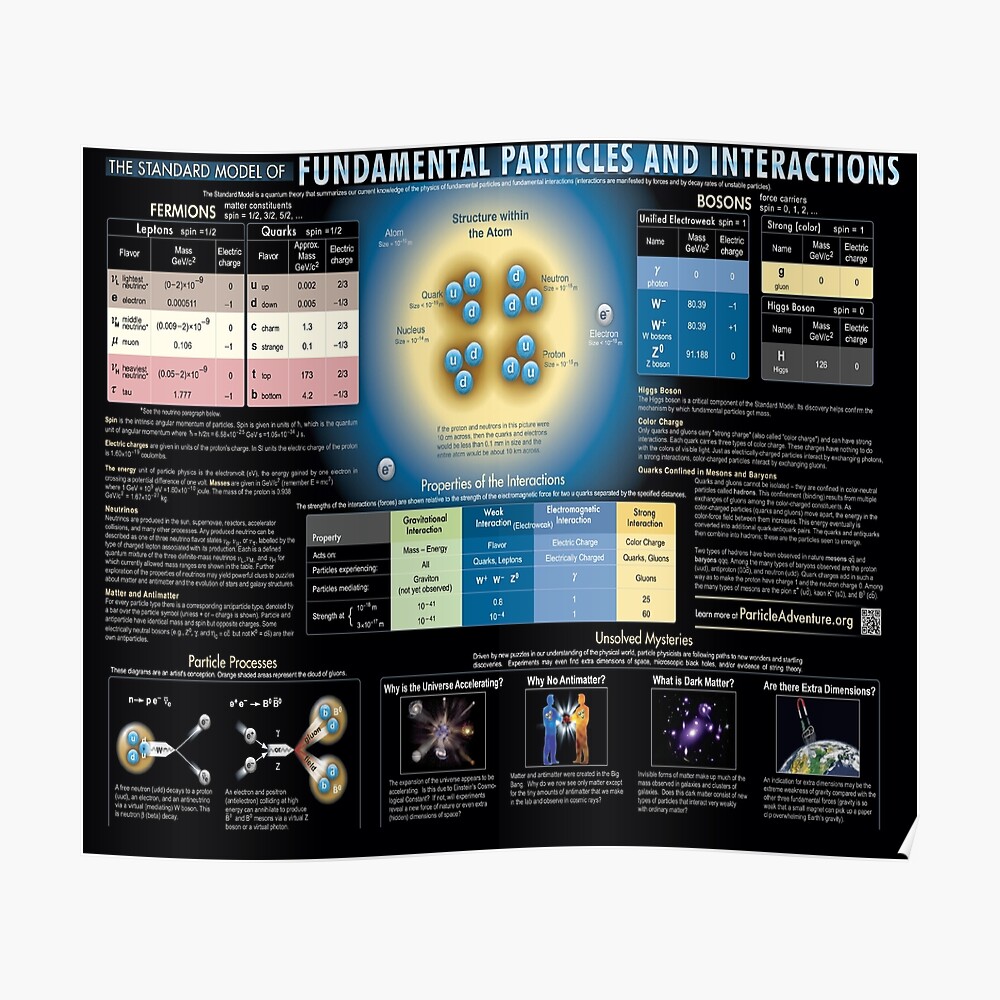

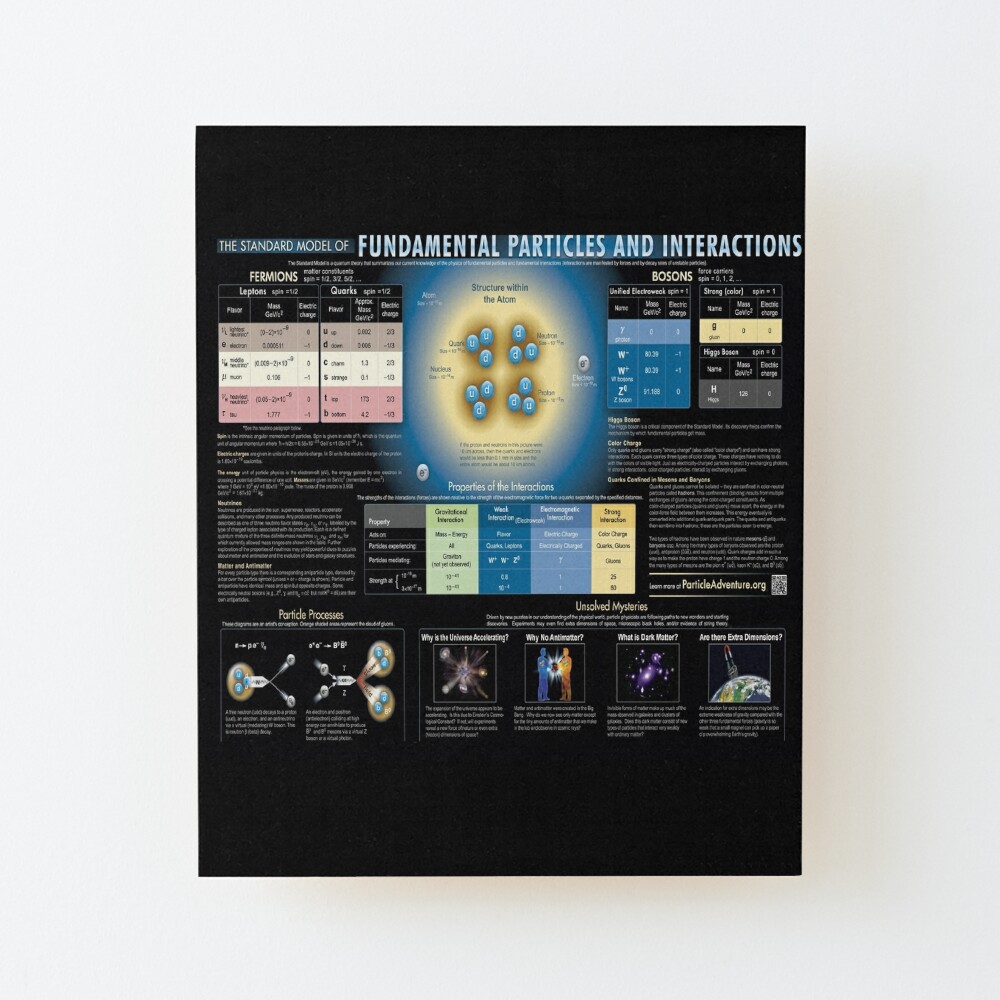
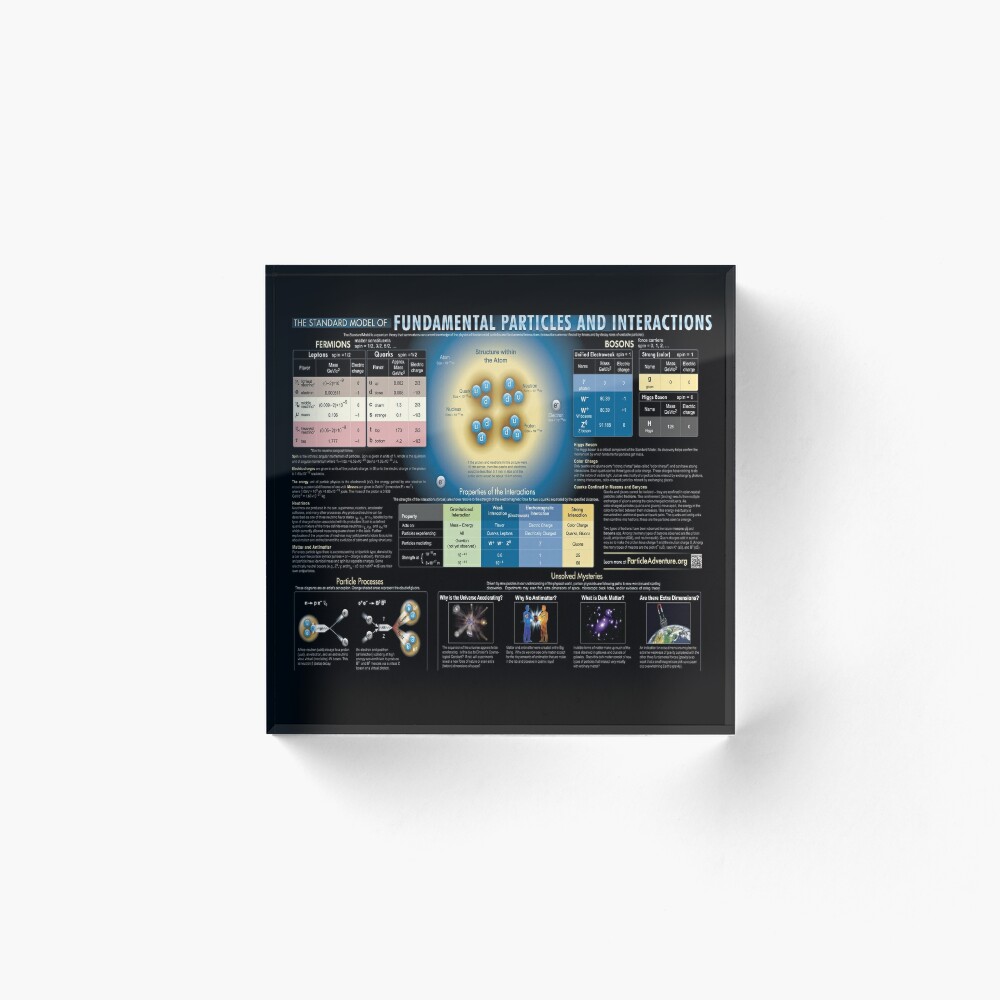
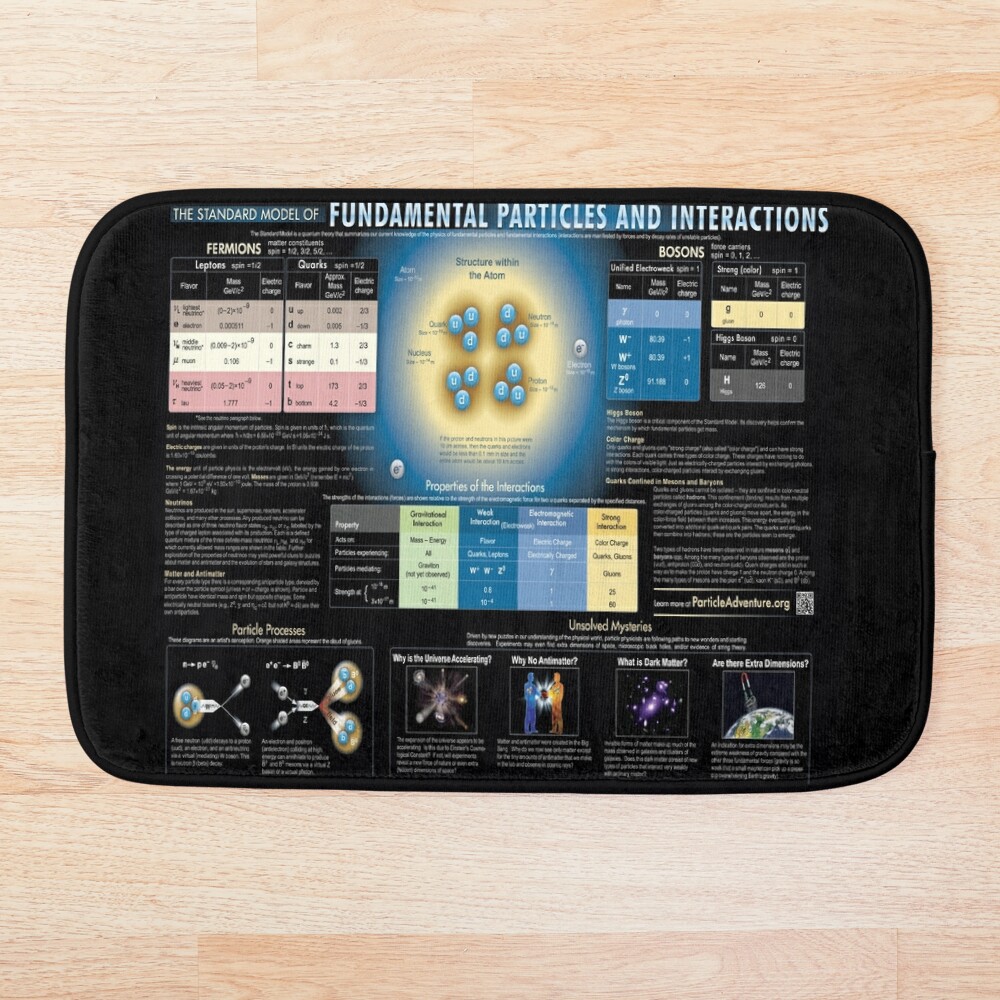
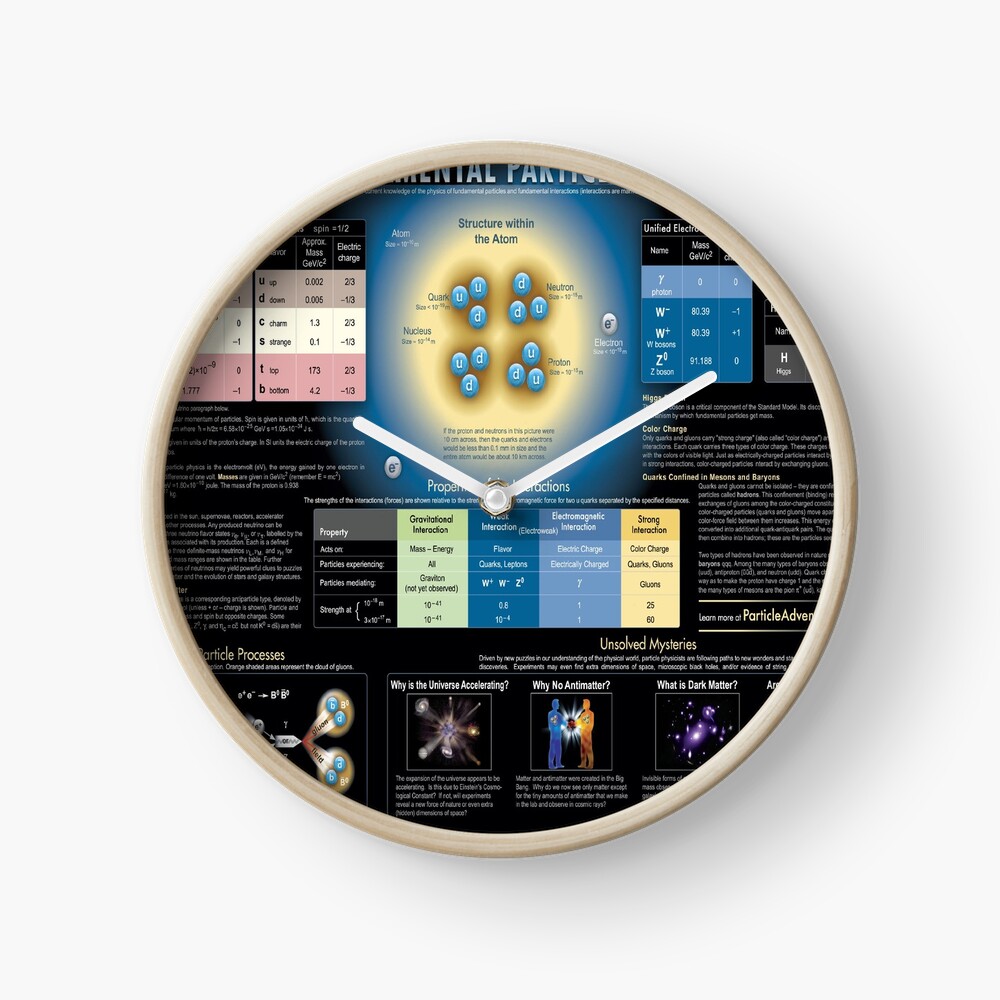
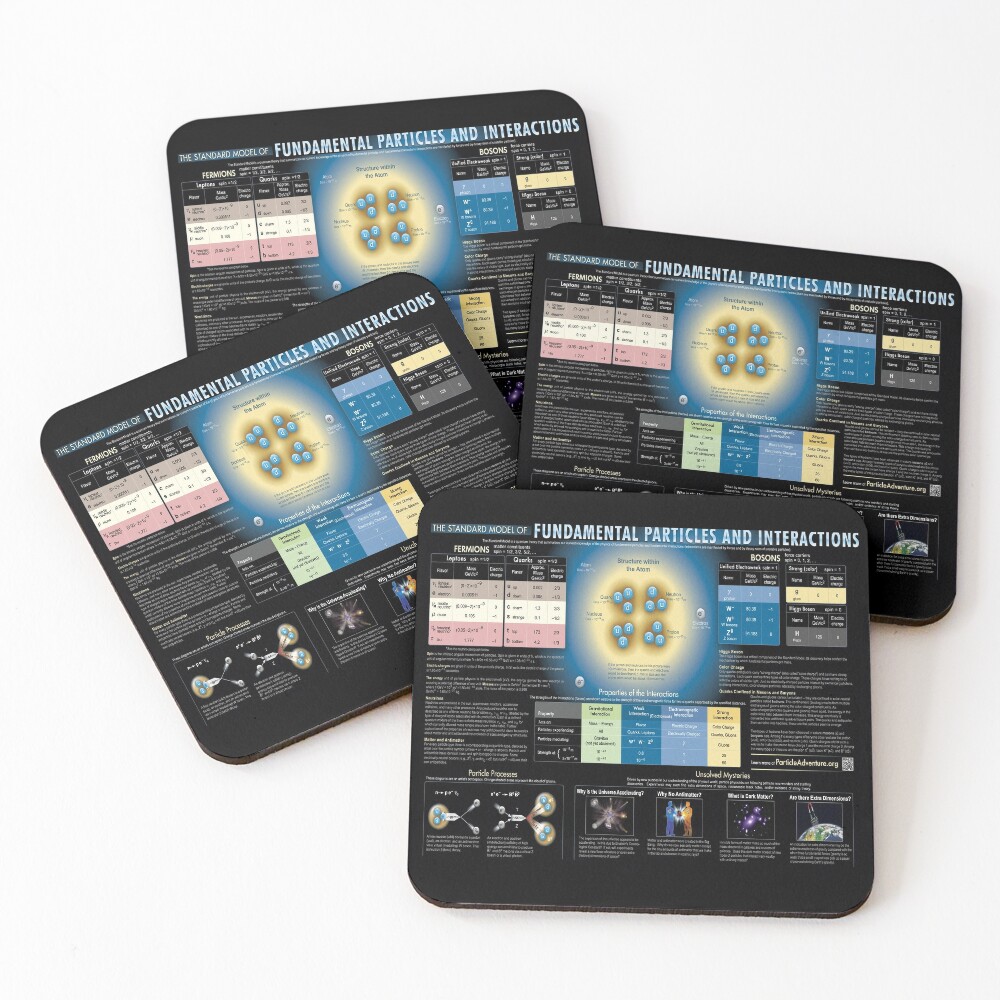
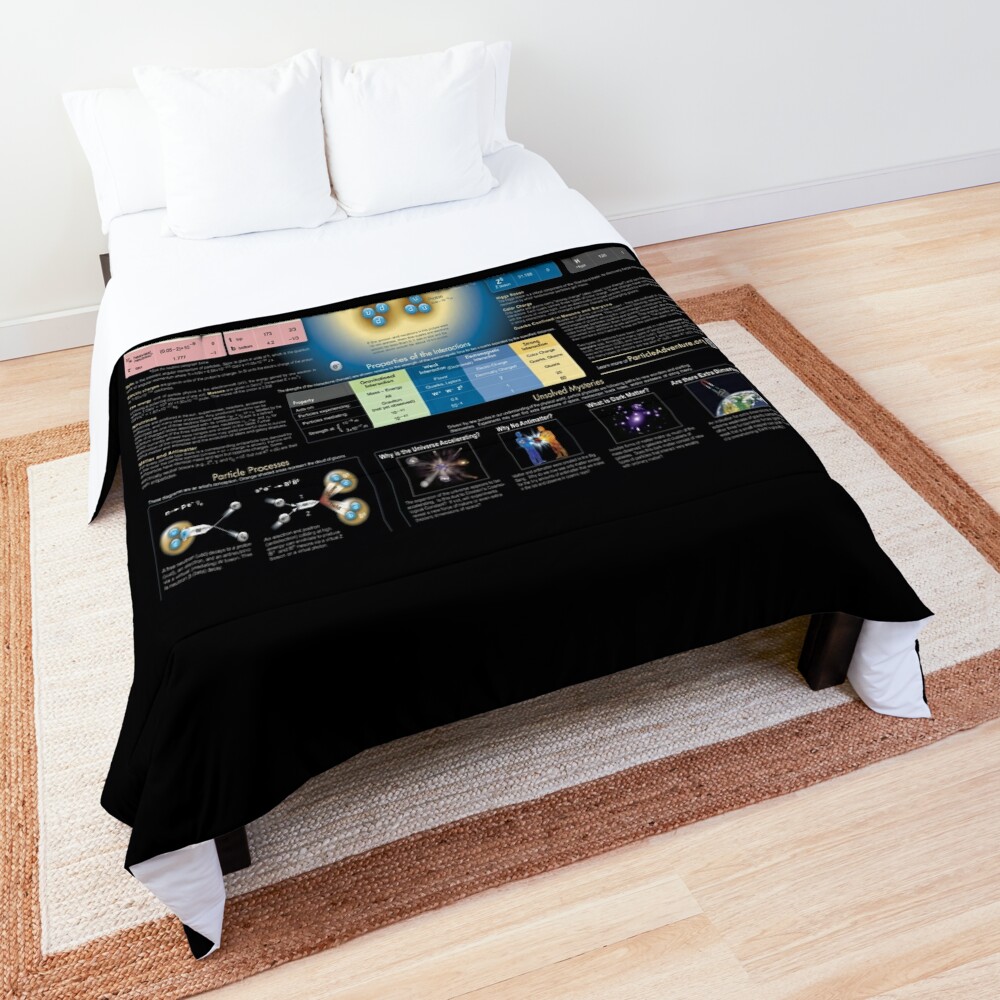
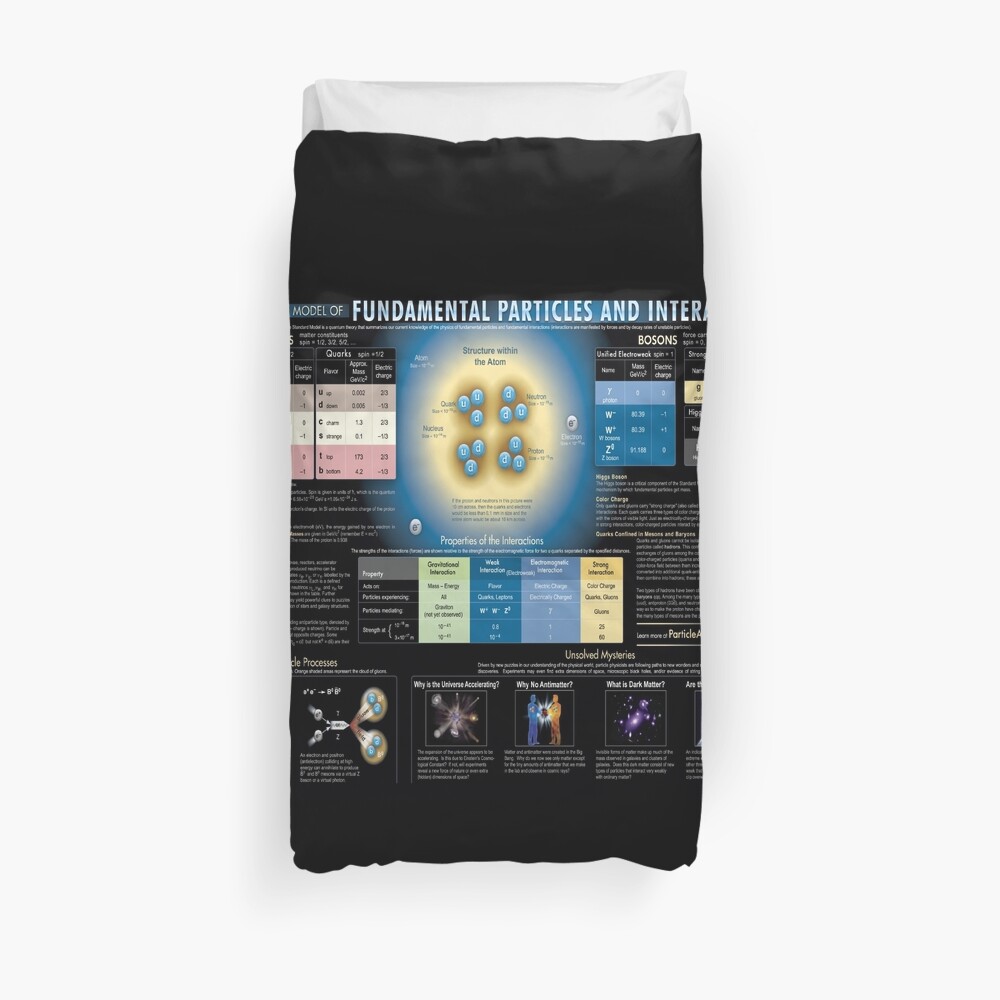











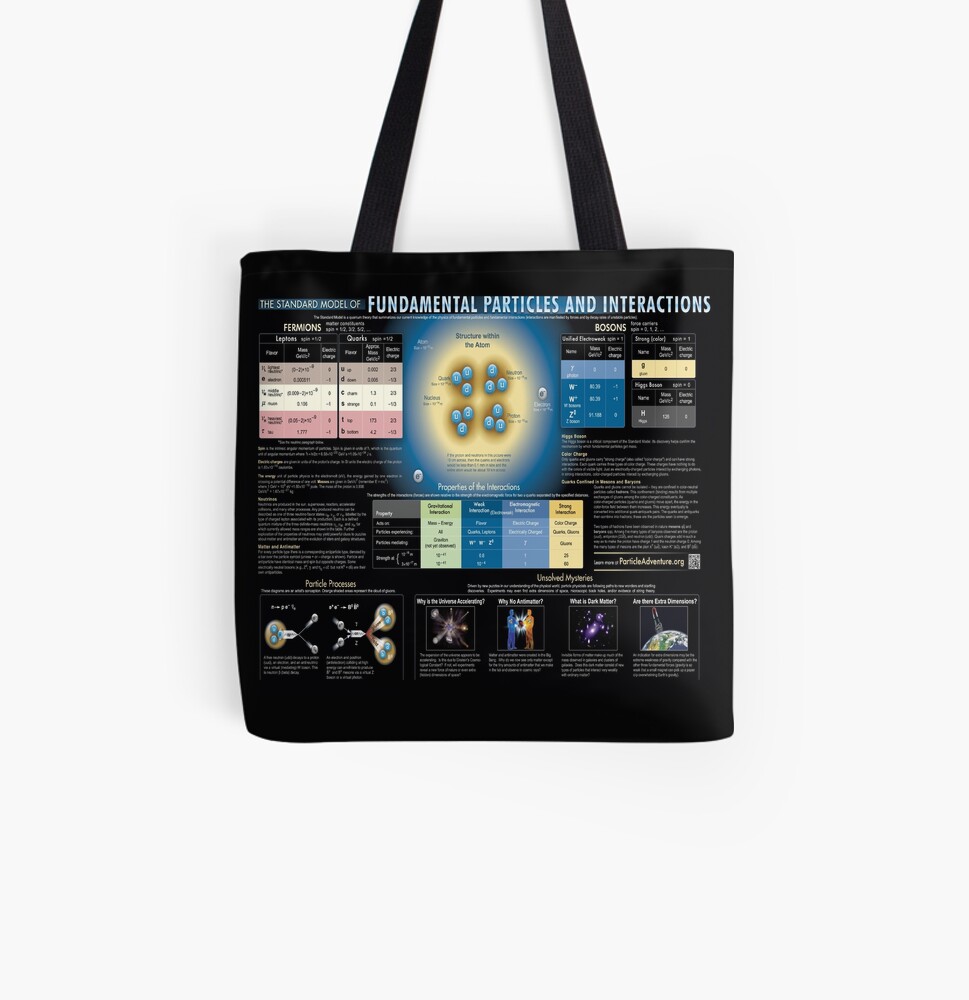




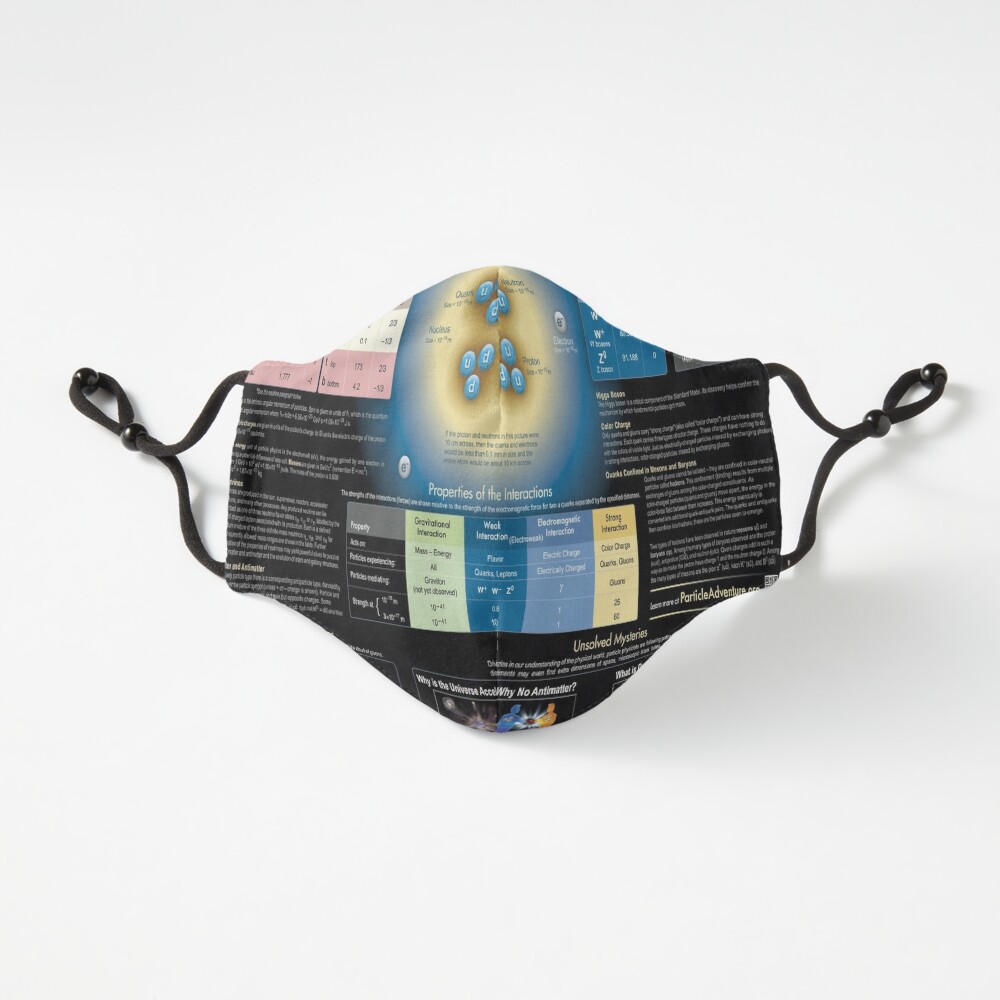
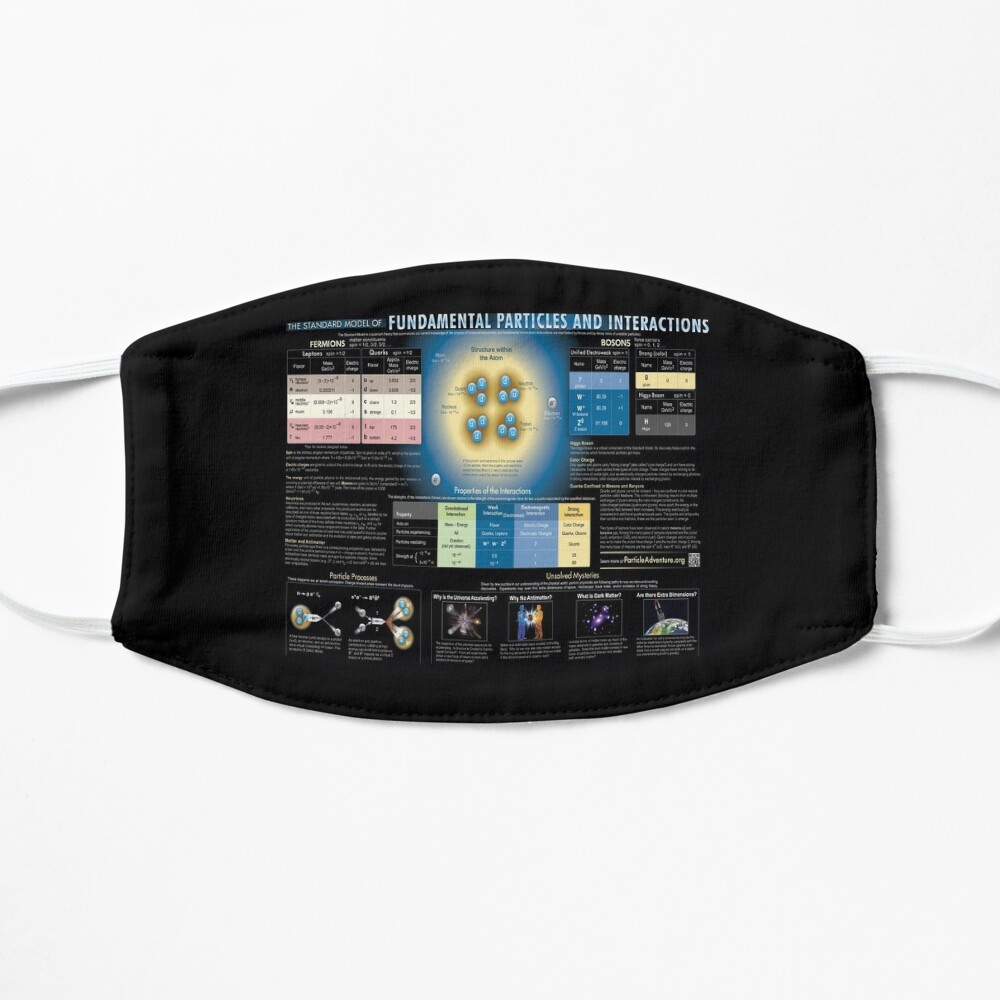
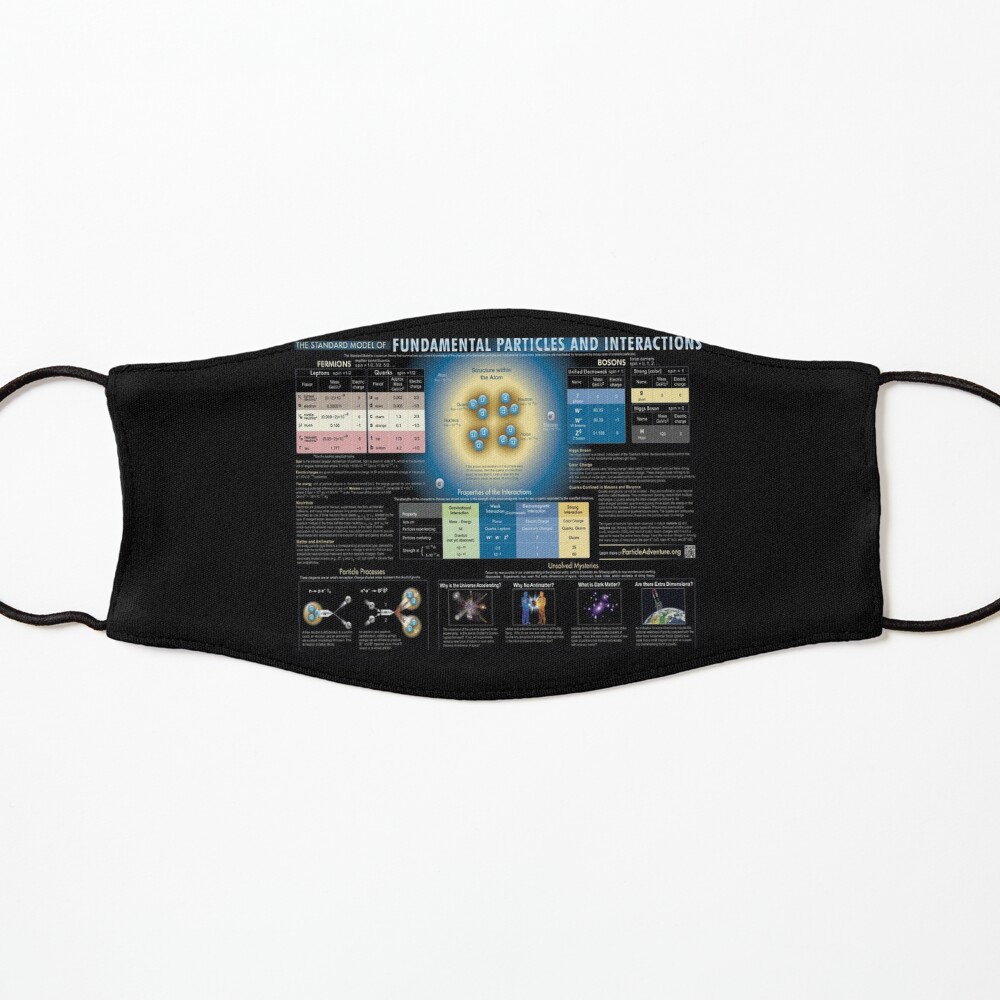






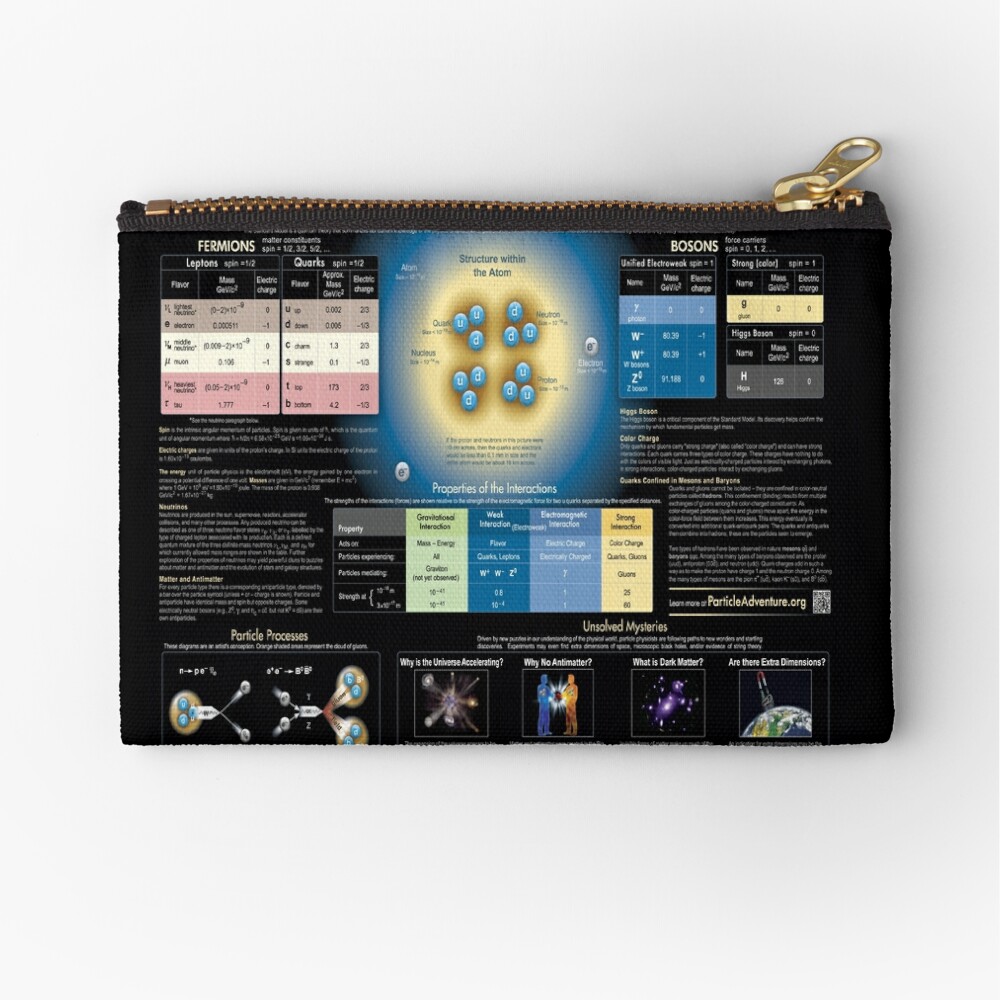

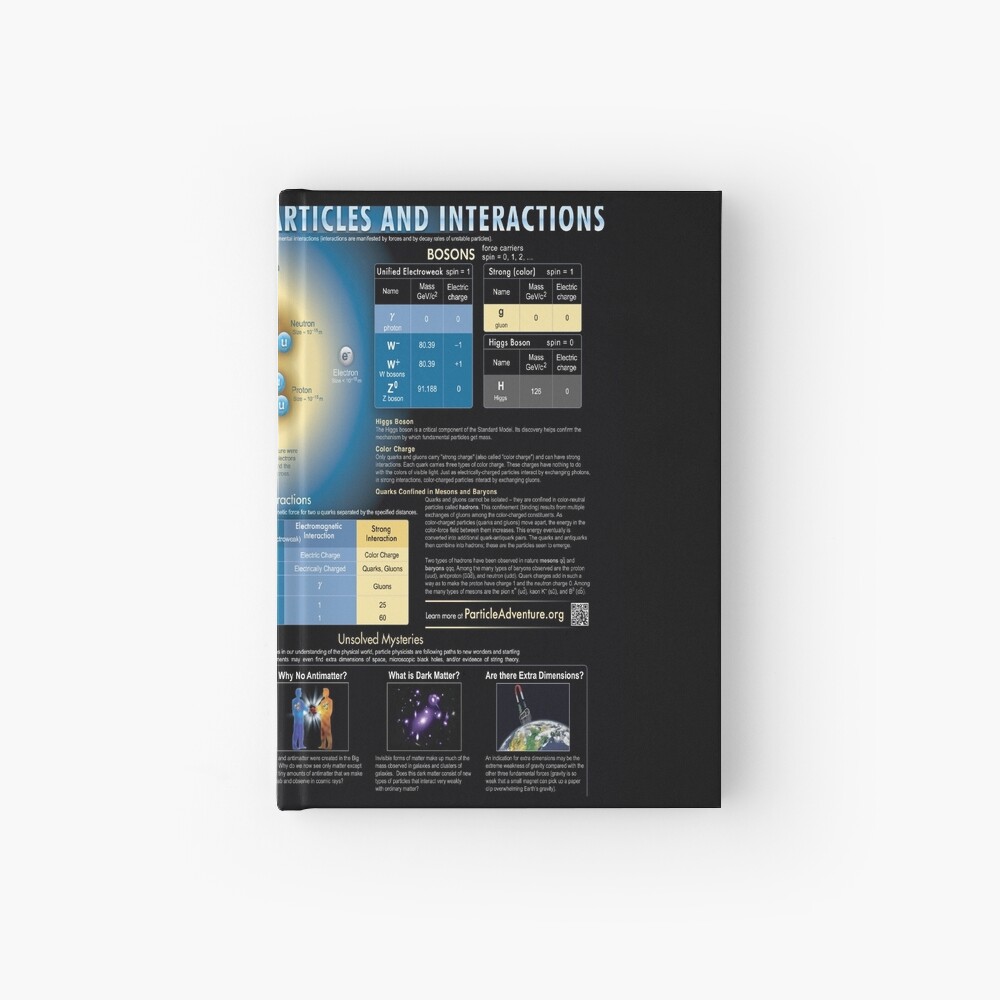
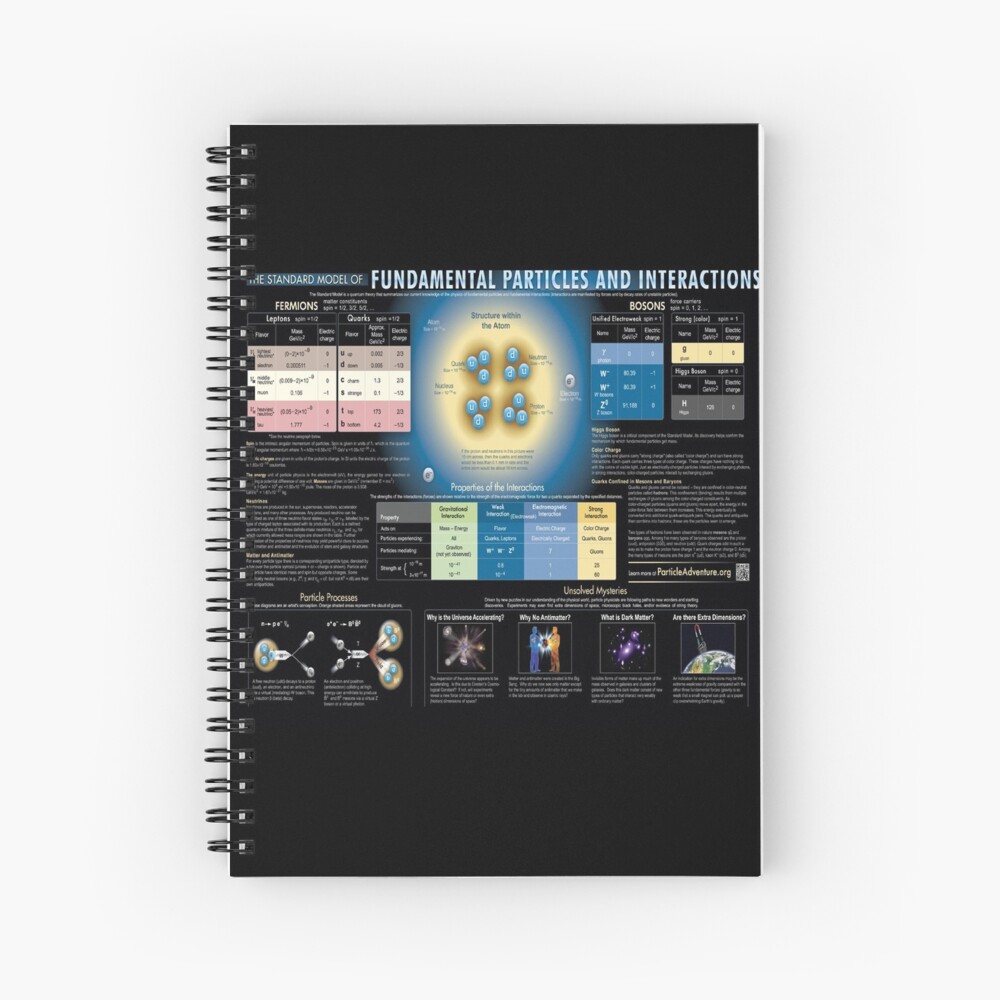
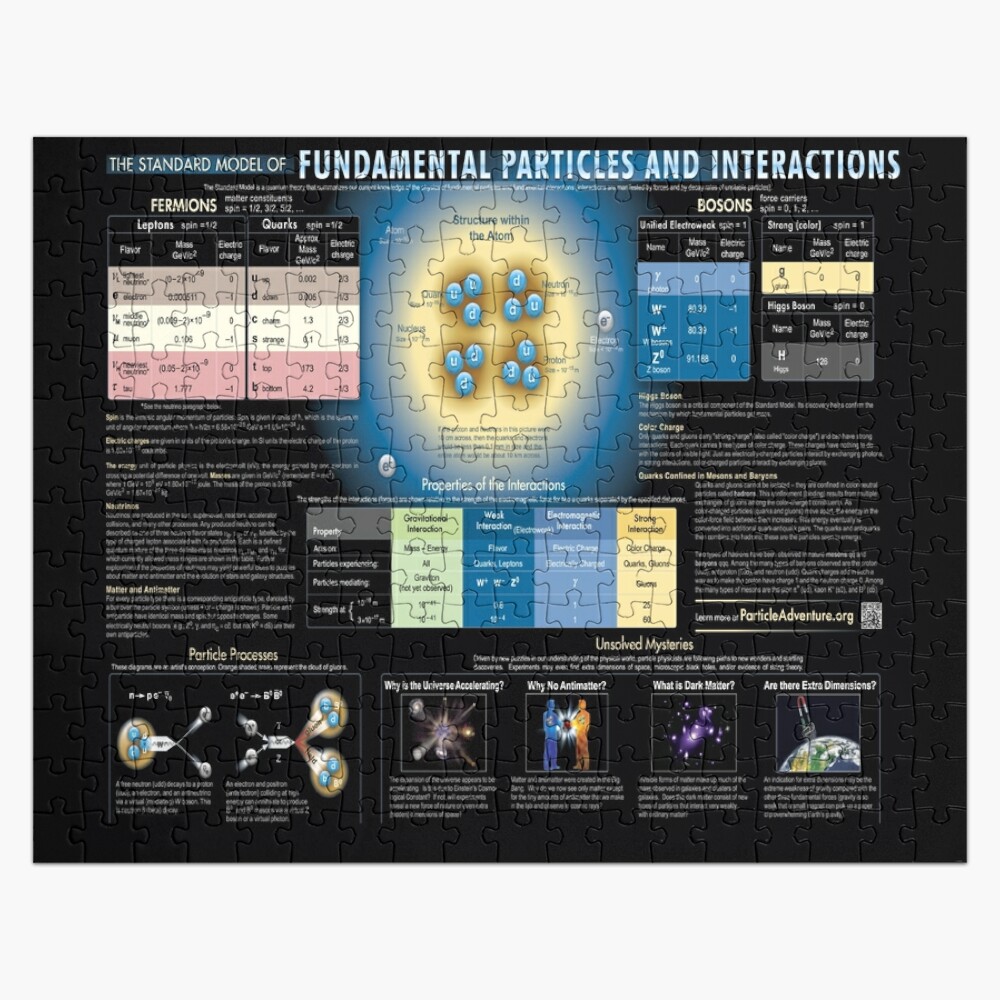

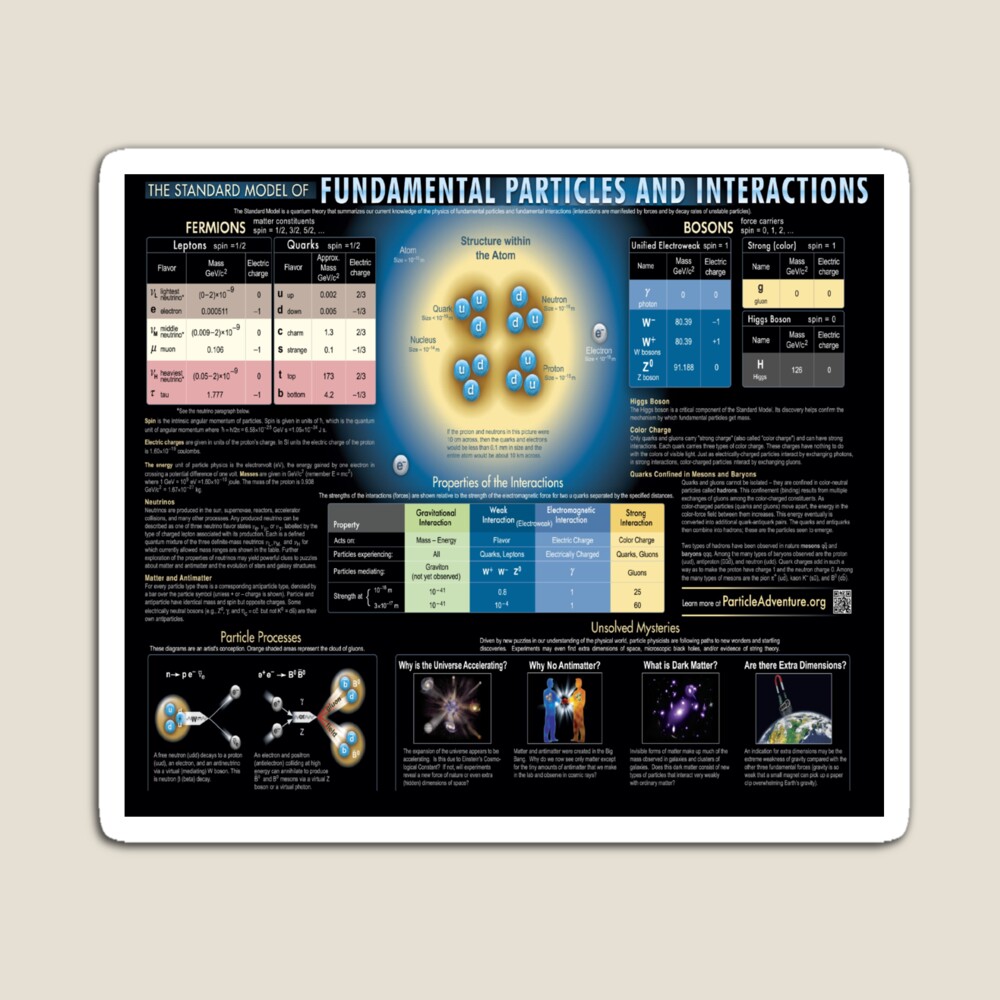
The Standard Model of fundamental particles and interactions. Matter particles. All matter around us is made of elementary particles, the building blocks of matter. These particles occur in two basic types called quarks and leptons. Each group consists of six particles, which are related in pairs, or “generations”. The lightest and most stable particles make up the first generation, whereas the heavier and less stable particles belong to the second and third generations. All stable matter in the universe is made from particles that belong to the first generation; any heavier particles quickly decay to the next most stable level. The six quarks are paired in the three generations – the “up quark” and the “down quark” form the first generation, followed by the “charm quark” and “strange quark”, then the “top quark” and “bottom (or beauty) quark”. Quarks also come in three different “colours” and only mix in such ways as to form colourless objects. The six leptons are similarly arranged in three generations – the “electron” and the “electron neutrino”, the “muon” and the “muon neutrino”, and the “tau” and the “tau neutrino”. The electron, the muon and the tau all have an electric charge and a sizeable mass, whereas the neutrinos are electrically neutral and have very little mass.
ReplyDelete